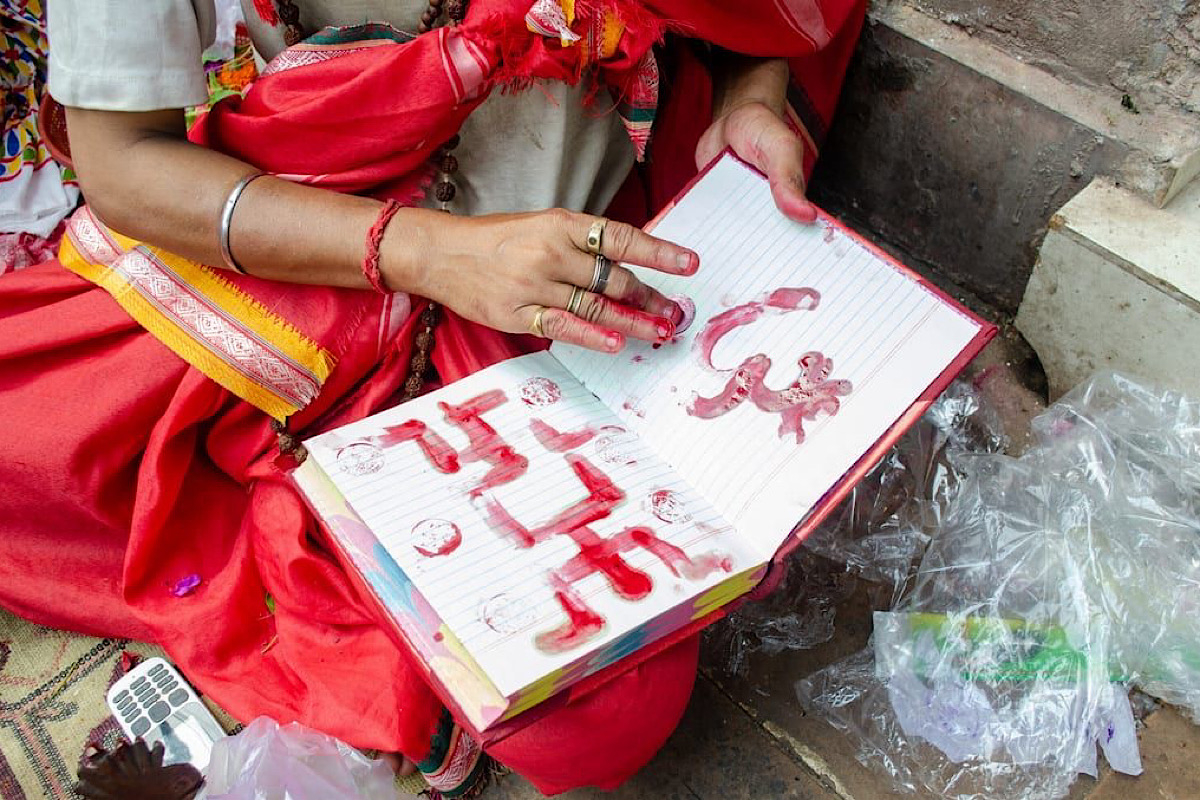The roots of some traditions are so deep, like the roots of ancient Banyan trees, that they have persevered despite the advent of modernism and its attempts to overshadow them. Along with the evolution of society, the tradition of celebrating traditional festivals is diminishing due to time, opportunity, and environment, yet some have survived due to the vested interests of certain individuals. The celebration of the Bengali New Year is an example of one such diminishing tradition.
While the people of Bengal eagerly await the arrival of their new year, with the excitement of Rabi Thakur’s songs like Esho Hey Baishakh Esho Esho and the festivities of Baishakhi mela, Choitro sales, new fabrics, and delectable sweets, it’s important to remember the age-old tradition of halkhata that has made Noboborsho, or the Bengali New Year, a cherished occasion for the Bengalis over the years.
The Mughals at first collected agricultural taxes according to the ‘Hijri calendar’, a purely lunar calendar that didn’t coincide with the harvest. As a result, farmers were hard-pressed to pay taxes out of season. In order to streamline tax collection, the Mughal Emperor, Akbar, ordered a reform of the calendar. He therefore established a new calendar based on the old solar Bengali calendar in March 1584 to ease taxation. The Mughals used Halkhata Muhurat to collect taxes, and the tradition of Halkhata is believed to have originated from this.
Consequently, the new year became known as Bonggabdo, or Bengali New Year. It gradually gained importance because of the business community in Bengal, as customers settled their dues and opened new account ledgers on this auspicious day. For over 438 years, Bengali traders have maintained their transaction records in traditional 360-page, red-cloth-hand-bound copies, updating them on the first day of each new year amidst festivities and harmony.
However, this practice of friendly written correspondence between customers and shopkeepers has been overshadowed by electronic communication methods such as mobile telephones, social networks, and emails. Payments can also be made using online, mobile, and regular banking services. The current trend of technological advancement has forced the makers of red-coloured ledger books to find alternate means of income. Even small business owners now opt for digital record-keeping methods, such as Excel spreadsheets, over traditional ledger books.
To better understand the current demand for halkhatas, The Statesman embarked on a journey to the bustling and historic bylanes of North Kolkata, where a few factories have become significant contributors to preserving the custom of making halkhatas and drawing a steady stream of visitors.
Making a halkhata is a cumbersome and painstaking job since it is fully handmade. There are four types of halkhata available depending on their sizes: jabeda khata, dak khata, khana khata and khotiyan khata. According to market demand, the first two are mostly manufactured. The process of making a halkhata involves several steps. Firstly, the rough red cotton material, known as khero, is cut into pieces and glued to similarly sized canvas sheets. These individual pieces are then hung separately on ropes outdoors to dry. Once dry, the sheets are stitched together using a thread, and a twine is used to bind the finished books together.
It is said the film maestro Satyajit Ray had a fondness for red khero khata, in which he maintained his notes and often doodled.
In a conversation with The Statesman, Sheikh Matiyar Rahaman, owner of a halkhata and paper factory located at Patwar Bagan Lane, Kolkata, says, “Halkhata has lost its appeal to some extent with the advancement of technology. Sales have been stagnant for the past year. People purchase them out of tradition, not out of necessity.”
“Another factory other than mine in the surrounding area is in Kolkata’s Baithakkhana bazar, owned by Nitai Shah. Sales have almost remained the same during the past few years, although the demand slightly rose after the halt of Covid, yet the demand has never been the same in this cyber age,” adds Rahaman with a long sigh.
In addition to north Kolkata, halkhata factories can be found in a handful of other pockets of the city, such as Burrabazar. Beyond Kolkata, the city of Jalpaiguri in Bengal boasts its own factories dedicated to the production and distribution of these ledger books to retailers.
Some business professionals still uphold the tradition of halkata by elaborately celebrating the new year. They send letters and cards to their regular customers to foster a harmonious and lasting relationship.








